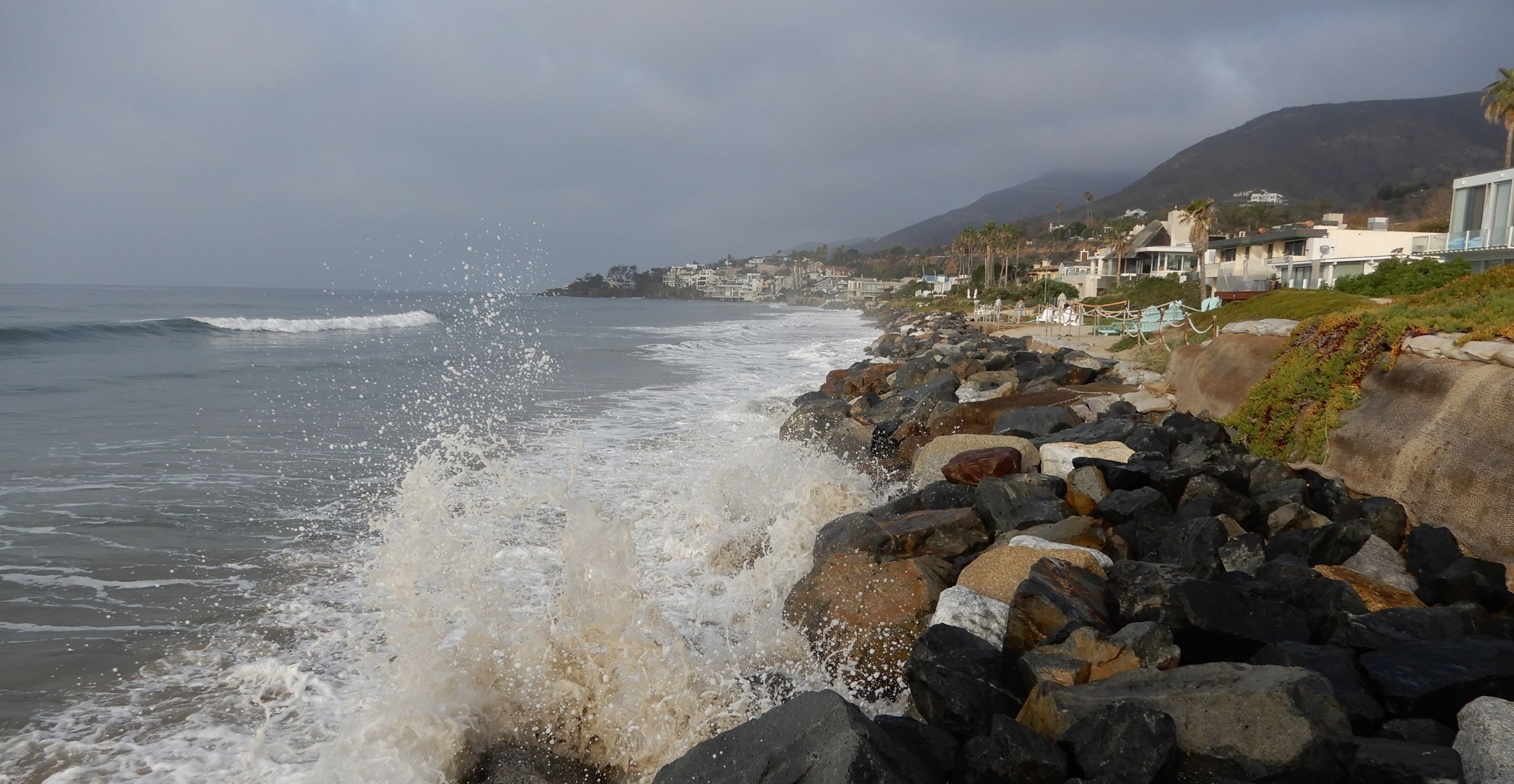Certain rules appear to govern the development of biodiversity among woody plant communities from the poles to the equator, according to an article in this week's Nature magazine.
For this paper, "General Patterns of Taxonomic and Biomass Partitioning in Extant and Fossil Plant Communities," two ecologists (Brian Enquist of the University of Arizona and John Haskell of the University of Utah) teamed up with paleontologist Bruce Tiffney of UC Santa Barbara, to determine if communities of woody plants exhibited any particular patterns in the ratio between the numbers of species within genera and species within families in discrete woody floras around the globe.
"Asked another way, as local woody plants become more diverse as we progress from temperate areas to the tropics, does the relationship between the numbers of species, genera and families change in a consistent way, or do local features (most likely of climate) randomly influence the structure of diversity?" asked Tiffney.
According to Tiffney, there is a consistent pattern. As communities increase in species diversity (for example, moving from a temperate conifer forest to a species-rich tropical rain forest) the diversity of genera also increases, but at a slower rate (.93 of the species rate) and that of families increases at an even slower rate (.68 of the species rate). The researchers checked the fossil data, and found that this pattern has been the same for the last 50 million years.
"Biologically this means that, as woody communities become more species diverse, they also slowly and consistently accumulate more species that are related to each other," said Tiffney. The paper also demonstrates that the increasing species richness within natural communities results in a finer division of biomass between species rather than an increase in total biomass.
These findings will be of interest to paleontologists, ecologists, conservation biologists and others concerned with the origin and protection of Earth's biological diversity, according to the authors.



